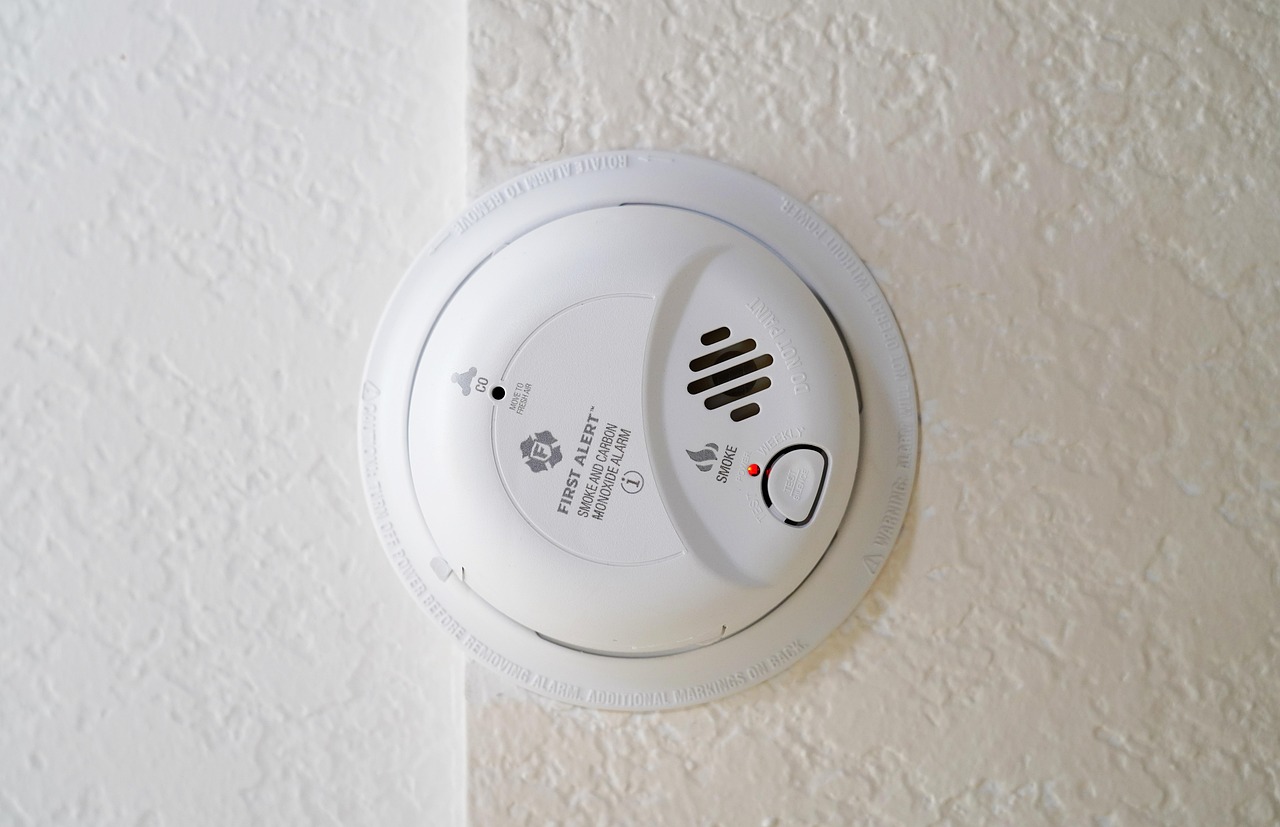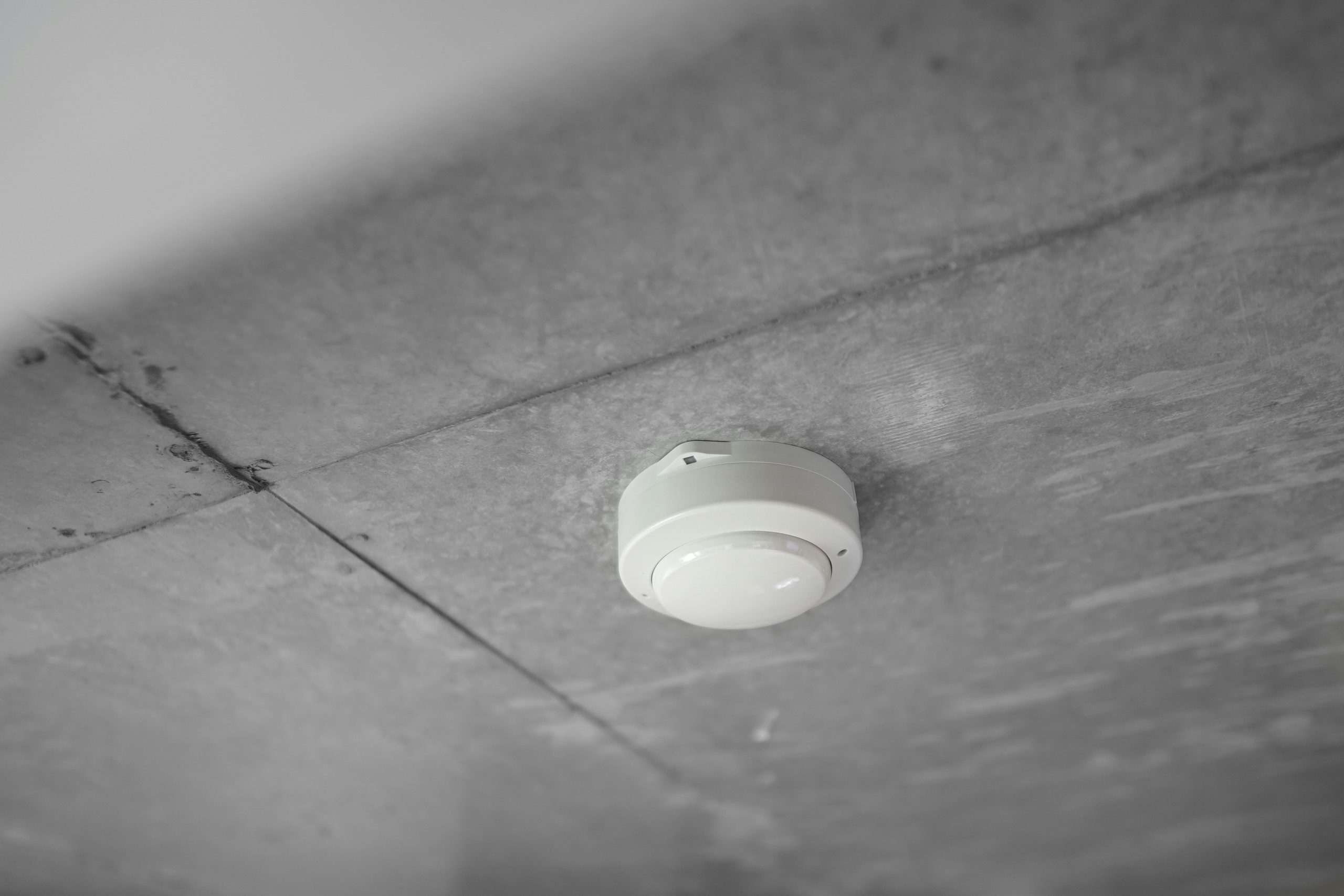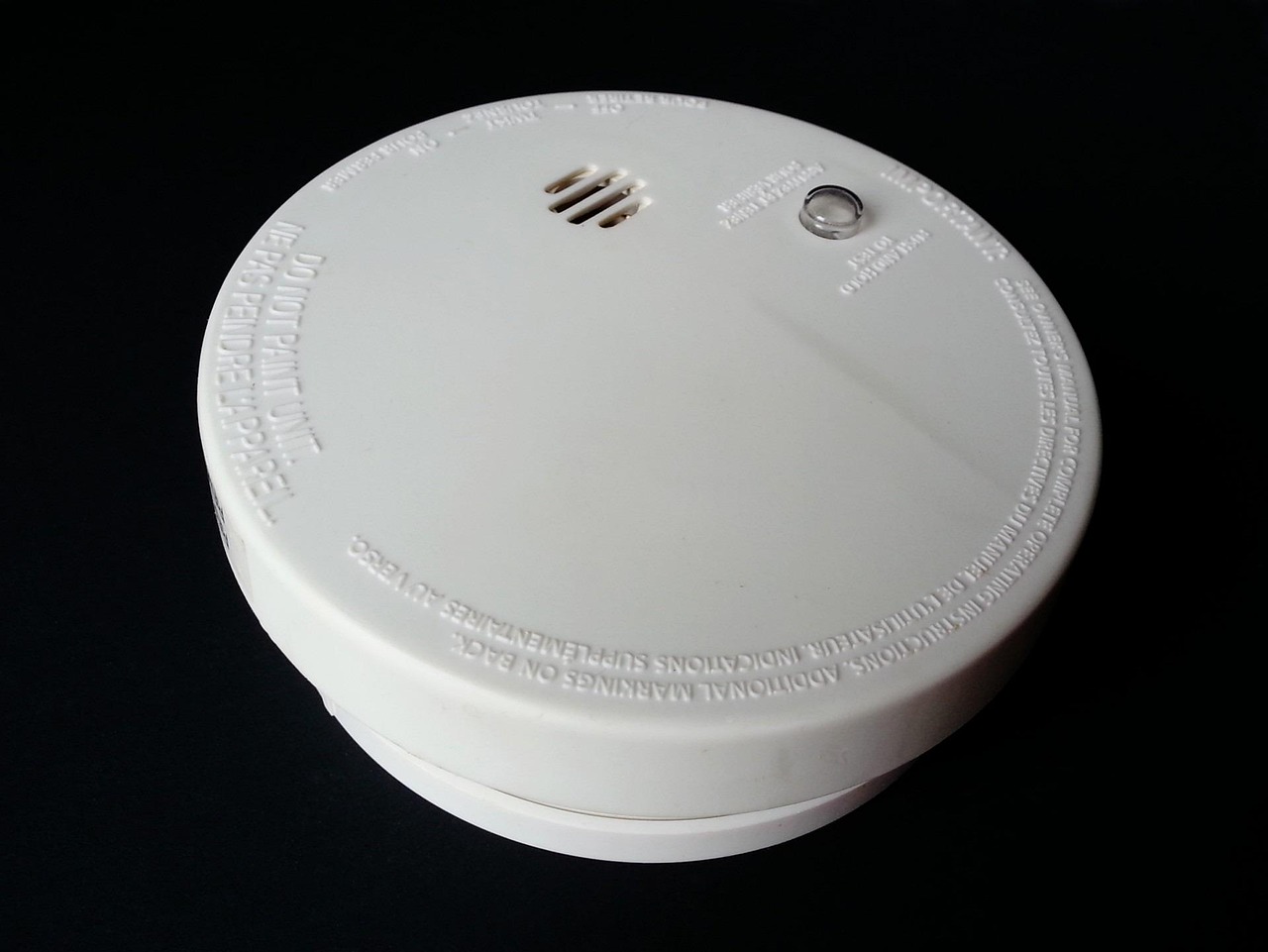Smoke detectors are one of the most important safety devices in any home. They provide early warnings during a fire, giving you and your family the time needed to escape safely. While most homeowners understand the importance of having smoke detectors, many are unsure how many they actually need or where to place them.
The right number of detectors depends on your home’s size, layout, number of floors, and local safety codes. Installing too few can leave you vulnerable, while installing enough ensures full coverage and maximum protection. This comprehensive guide explains how many smoke detectors you need, ideal placement, maintenance tips, and common mistakes to avoid.
Why Smoke Detectors Matter

A working smoke detector cuts the risk of dying in a home fire by half. Fires spread quickly—sometimes in just minutes—so early detection is crucial. Smoke detectors sense rising smoke particles, alerting you with a loud alarm long before flames become visible.
Benefits of Having the Right Number of Smoke Detectors
- Provides early warning for safe evacuation
- Detects fire in rooms you may not be close to
- Reduces property damage by speeding up response
- Helps you meet home insurance and safety standards
- Protects children, older adults, and pets who may not react quickly to danger
Having enough detectors isn’t just recommended—it’s essential for whole-home protection.
General Rule: One Smoke Detector Per Bedroom + Each Level
Most fire safety organizations, including the National Fire Protection Association (NFPA), recommend the following:
Minimum Requirements
- One smoke detector inside every bedroom
- One outside each sleeping area
(e.g., a hallway shared by two bedrooms) - One on every level of your home, including:
- Basement
- Main floor
- Second or third floors
- Attic if it’s finished or used
This means an average single-family home usually needs at least 5–7 smoke detectors.
Calculating How Many Smoke Detectors YOU Need
To figure out your exact number, consider the following:
1. Number of Bedrooms
Every bedroom must have its own smoke detector.
Examples:
- 1 bedroom → 1 detector
- 3 bedrooms → 3 detectors
2. Number of Hallways Near Sleeping Areas
If multiple bedrooms share a hallway, you need one additional detector in that hall.
Example: If you have 3 bedrooms sharing a hallway, you need:
- 3 detectors inside bedrooms
- 1 in the hallway
Total: 4 detectors
3. Number of Floors
Each level requires one smoke detector—even if there are no bedrooms.
Typical example:
- Basement
- First floor
- Second floor
That means 3 more detectors total.
4. Size of the Home
Larger homes may require more detectors. If a floor spans more than 1,000 square feet, it may need more than one detector per level.
Example: A very large open-concept home may need:
- 2 on the main level
- 2 upstairs
- 1 in the basement
5. Special Areas
Some locations need detectors for extra coverage, but specific guidelines apply.
Recommended Locations
- Near stairways
- Near the kitchen (but not too close—see below)
- Near living rooms or dens
- In finished attics or basements
Avoid These Areas
- Directly above ovens or stoves
- Bathrooms with showers (steam creates false alarms)
- Garages
- Near HVAC vents or windows
Example Scenarios: How Many Smoke Detectors You Need
Below are typical setups so you can compare your home.
Small Apartment (1 Bedroom, 1 Level)
- 1 in the bedroom
- 1 outside the bedroom
- 1 in the main living area
Total needed: 3
Average Single-Family Home (3 Bedrooms, 2 Levels + Basement)
- 3 in bedrooms
- 1 in hallway
- 1 on main floor
- 1 in basement
Total needed: 6
Large Home (4 Bedrooms, 3 Levels + Basement)
- 4 in bedrooms
- 1 hallway outside bedrooms
- 2 on main floor
- 1 upstairs landing
- 1 in basement
Total needed: 9
Home With Finished Attic or Bonus Room
- Add 1 extra detector in finished attic or loft
Types of Smoke Detectors: Which Ones Do You Need?
Different types of detectors sense fires in different ways. Having a mix provides the best protection.
1. Ionization Smoke Detectors
Best for detecting fast-moving, flaming fires.
Pros
- Inexpensive
- Respond quickly to flames
Cons
- Prone to false alarms in kitchens
2. Photoelectric Smoke Detectors
Best for slow, smoldering fires—common in bedrooms and living areas.
Pros
- Fewer false alarms
- Detect hidden fires early
Cons
- Slightly more expensive
3. Dual-Sensor Smoke Detectors
Use both ionization and photoelectric technology.
Best Choice For
Full-home coverage in all rooms.
4. Combination Smoke & Carbon Monoxide (CO) Detectors
Ideal for:
- Hallways
- Basements
- Rooms near gas appliances
CO poisoning is silent and deadly, so combining detectors reduces risk.
Where to Install Smoke Detectors
Correct placement is just as important as having enough detectors.
General Placement Rules
Install smoke detectors:
- On the ceiling or high on the wall
- At least 10 feet from stoves and ovens
- At least 3 feet from bathroom doors
- At least 4 inches from corners
- In the center of rooms when possible
Bedroom Areas
- 1 detector inside each bedroom
- 1 in the hallway outside bedrooms
Basement
Place the detector:
- At the bottom of the stairs
- On the ceiling
Living Rooms & Common Areas
- Install centrally in large rooms
- Add extra detectors for open floor plans
Maintenance: Keeping Your Smoke Detectors Working
Having enough detectors is only effective if they are properly maintained.
Monthly Maintenance
- Test each detector by pressing the test button
- Listen for loud, clear chirping
Biannual Maintenance
- Vacuum the detector to remove dust
- Check for spider webs or debris inside vents
Annual Maintenance
- Replace batteries (unless you have 10-year sealed batteries)
- Check expiration dates on your units—most last 8–10 years
Common Mistakes in Smoke Detector Placement

Many homeowners install smoke detectors with good intentions but unknowingly place them in ineffective or unsafe locations. Proper placement is essential for fast detection and reliable alerts during an emergency. Avoiding these common mistakes will help ensure your home’s smoke detectors perform at their best.
Mistakes to Avoid
- Putting detectors too close to the kitchen: Smoke from regular cooking can trigger false alarms. When a detector constantly goes off, people often disable it — leaving the area unprotected. Keep detectors at least 10 feet away from stoves, ovens, or toasters to reduce false alarms while still maintaining safety.
- Installing them near windows, vents, or fans: Airflow from open windows or HVAC vents can blow smoke away from the sensor, delaying detection. Always place detectors several feet away from drafty areas to ensure smoke can reach the unit quickly during a fire.
- Using only one detector on an entire floor: A single detector can’t cover multiple rooms or long hallways effectively. Fires can start in any space, and relying on one sensor may result in dangerously late alerts. Each floor should have multiple detectors, with units near bedrooms, living areas, and high-risk spaces.
- Ignoring hallways and stairways: These areas act as fire pathways, allowing smoke to travel quickly throughout the home. Detectors are essential in hallways that lead to sleeping areas and along staircases to ensure alarms sound early as smoke rises.
- Not replacing old or expired units: Smoke detectors wear out over time, becoming less sensitive or failing completely. Most units should be replaced every 8–10 years, and many models have expiration labels. Keeping outdated detectors puts your home at unnecessary risk.
Even small placement mistakes can reduce responsiveness and delay warning times in an emergency. Correct placement ensures your smoke detectors activate quickly — giving your family the critical seconds needed to escape safely.
Cost of Installing Smoke Detectors
Before planning how many smoke detectors you need, it helps to understand basic costs.
Average Price Range
- Standard detectors: $15–$40 each
- Dual-sensor detectors: $30–$60 each
- Combination smoke/CO detectors: $25–$70 each
- Professional installation: $100–$300 total, depending on home size
While adding multiple detectors increases costs, the safety benefits outweigh the expense.
Fire Safety Tips to Enhance Home Protection
Smoke detectors are the first line of defense, but complete fire safety includes more steps.
Fire Safety Tips
- Keep fire extinguishers on each floor
- Avoid overloaded electrical outlets
- Inspect heaters and fireplaces yearly
- Create an escape plan and practice with family
- Keep flammable items away from stoves
Together, these steps provide well-rounded home protection.
Frequently Asked Questions
- Do I need a smoke detector in the kitchen?
No. Install it 10 feet away to avoid false alarms.
- How many smoke detectors are required by law?
Most states follow NFPA guidelines, but check your local building codes.
- Should I replace old detectors?
Yes. Replace them every 8–10 years, even if they seem to work.
- Are battery-powered detectors enough?
Battery-powered models work, but hardwired units with backup batteries are safest.
- Do two-story homes need more detectors?
Yes—each floor must have at least one.
Final Thoughts
Knowing how many smoke detectors you need is crucial for keeping your home and loved ones safe. While guidelines suggest at least one in every bedroom, hallway, and level, your home’s size may require even more. Proper placement, quality detector types, and consistent maintenance ensure maximum protection.
Installing enough smoke detectors is one of the simplest and most effective home safety steps you can take. It’s a small investment that provides peace of mind and lifesaving benefits.



